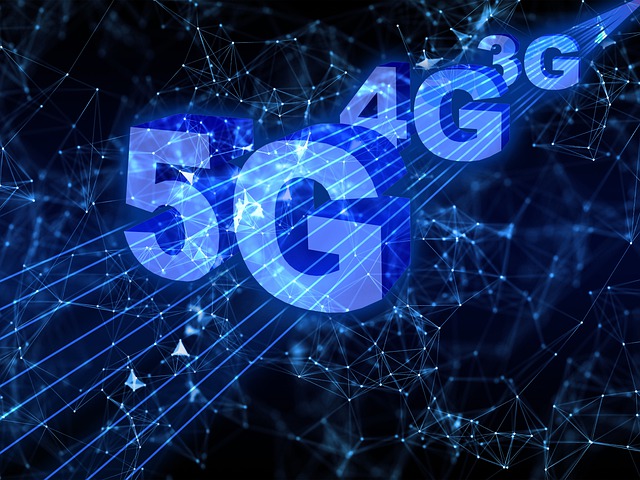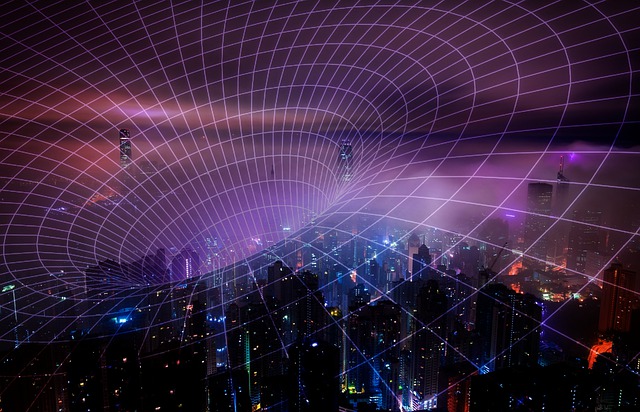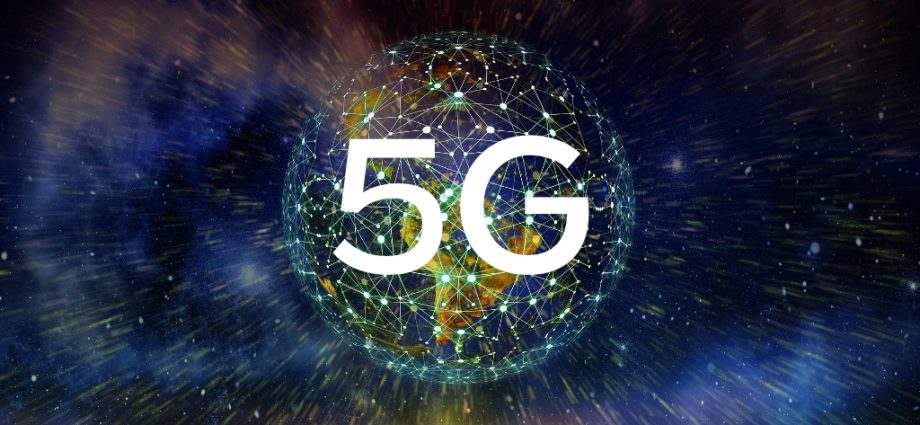What Do You Know About 5G Technology?
Everyone is talking about 5G technology. Cellular networks have gained momentum since the 1970s. From 1G to 2.5G and 3G to 5G, it has been strengthened day by day with better performance and efficiency features. With the developing technology, all communication devices, infrastructure codes and materials are changing for the 5th time. 5G technology; a new type of wireless network designed to connect almost everyone and everything, including objects, machines and devices. So how fast and what will 5G change? What are the risks? Is it healthy? Let’s take a brief look at all these questions.
How fast is 5G?
Of course, the answer to this question will vary depending on the geographical features of your location, the service operator you use and the device. According to tests1, 5G wireless technology can reach speeds of 1.4 gigabits per second. That’s 23 times the best 4G connection currently used. This means that it will take less than 1 minute to download all episodes of a high-definition television series in HD quality. Uploading websites will find milliseconds. Data rates will remain consistently high even when users are on the move.
In addition to high data rates, 5G technology is designed to expand to a new spectrum such as mmWave to provide more network capacity. Traffic lights, smart city systems, smart home appliances, industrial automation systems, medical devices, robots and much more will be able to communicate at the same time.

What will change in our lives?
If we consider a world that is fully in communication, 5G is expected to open the door to revolutionary developments. Here are a few examples;
Smart Cities;
5G Technology will allow cities to process data from millions of IoT devices and install low-power sensors that don’t need to be replaced for years. From the traffic flow to the lighting systems, the city can be fully controlled. Infrastructure systems, managing public security and more wisely will also provide savings.
Business life;
Considering the fact that robots take over production with Industry 4.0 and the development of artificial intelligence, many innovations will be waiting for us. With more network capacity, all industrial vehicles will be able to connect with each other. 5G technology will be a driving force in many areas from agriculture to medicine, from logistics to accounting.
Driverless Vehicles;
Considering the accidents caused by human error, perhaps it would be better for us not to sit in the driver’s seat. In this case, all vehicles will need to be in communication with each other and with intelligent traffic systems. Less people will own cars and ride sharing will become more common. This will reduce exhaust gas emissions in direct proportion to the number of vehicles on the streets.
Telemedicine;
Thanks to virtual visits to doctors with 5G technology, it will not be necessary to go to the hospital. Remote operations or emergency interventions will be possible with wearable medical devices.
Virtual Spaces;
Colleagues in remote cities will be able to work side by side. Or sports enthusiasts will be able to cheer in the comfort of the sofa at home. During the lunch break, we will be able to visit the streets of Paris Champs-Elysees and make our shopping come home.

What are the risks of 5G?
South Korea became the first country to start using 5G technology. Its effects on human health and safety are still unknown in the long term. 5G technology has higher security risks compared to the previous 4G. Too many backdoor applications are running at the same time and vulnerabilities exist.
Many new antennas and base stations need to be installed for 5G technology. With its use in all areas, a large number of household electrical appliances will become “smart” status after smart cars, smartphones and televisions. This will inevitably lead to radiation loading even in the home. Of course, this raises the risk of cancer.
Source:
1- https://www.theverge.com/2018/2/25/17046346/qualcomm-simulated-5g-tests-san-francisco-frankfurt-mwc-2018


